A small review of the updated pedometer from the Chinese Xiaomi, user experience and comparison with the first generation.
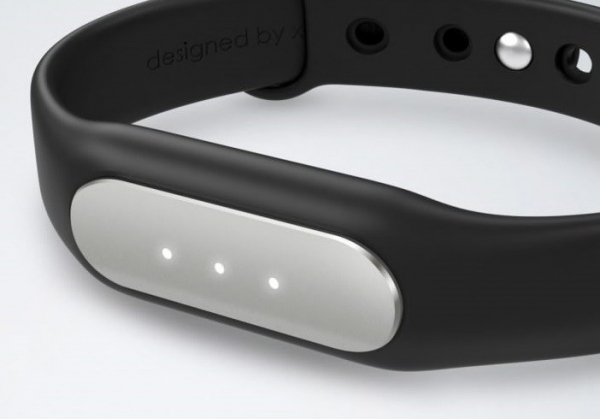
- Introduction
- Technical specifications
- Options, appearance
- Mi Fit
- Comparison of indications with the first generation
- Conclusion
Introduction
Instead of a preface. At the end of February, I noted with displeasure not very pleasant changes in my weight and decided to try to follow this parameter. Little by little, I began to lead a slightly more active lifestyle in terms of physical exercises, since the snow and ice have melted at the school stadium not far from my house. Initially, I ran and studied 'in the company' of music from my smartphone and the Runtastic app, but over time I realized that the device significantly interferes, and it is not entirely useful for it to be constantly in a humid environment.
The idea coincided with an accidental purchase for a symbolic price of an iPod Touch 4, and the issue of music was resolved. It remained to spur oneself to increase the distance and the level of load with something other than the sometimes absent willpower. Runtastic taught me to track the amount of distance traveled after each workout, and therefore I wanted to have something with similar functionality. After a series of simple conclusions, search queries and reading two or three reviews, the second generation Mi Band fitness tracker, which is known on the Internet as 1S or Pulse, was at my disposal.
Back to content >>
Technical specifications:
- Category: fitness tracker
- Scope of delivery: capsule, strap, charging cable, Chinese manual, box
- Capsule dimensions: 13.6 x 37 x 9.9 mm
- Strap length: 15.7 – 20.5 cm, thickness – 1.3 cm
- Weight with strap – 14 g
- Capsule material: magnesium-aluminum alloy
- Strap material: TPSiV, a combination of thermoplastic urethane and silicone
- Module Bluetooth DA14580
- Military grade 3-axis accelerometer manufactured by ADI
- Battery: Li-Pol 45 mAh
- Compatibility: Android 4.4+, iOS 8+, Windows Phone; support Bluetooth 4.0 LE
- Optional: heart rate monitor, protection category IP67 (dustproof, waterproof: withstands short immersion to a depth of 1 m), operating temperature range from -20 to 70 degrees
Back to content >>
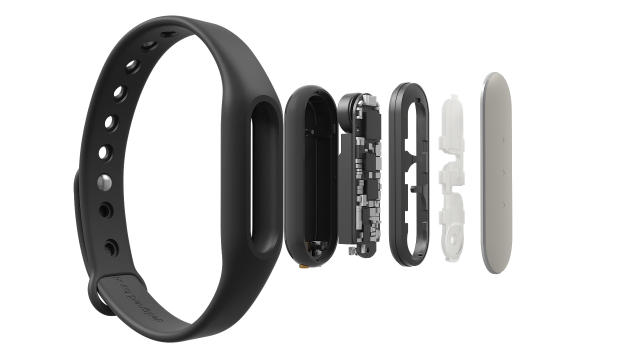
Options, appearance
The second version of the rather popular bracelet from the Chinese company Xiaomi has every chance of repeating the success of the older version. Undoubtedly, there is continuity: the design of the packaging, almost the same size and the same external design of the front side of the capsule, the same strap (although some users note the difference in materials in favor of the second generation), similar charging and operating times, compatibility of both generations with the same the same straps. What can make the user of the first version of the bracelet buy the updated version? We understand within the framework of this material.
The delivery set has not changed, we will not find something new and different from the previous versions of Mi Band in a box made of thick cardboard. Minimalism is there, but I personally don't have the conscience to demand something more for that kind of money. On the back of the box, the technical characteristics of the tracker are briefly described. The XMSH02HM index denotes the model with the heart rate monitor, do not confuse with the XMSH01HM and XMSH03HM, the first generation versions with colored and white LEDs, respectively.


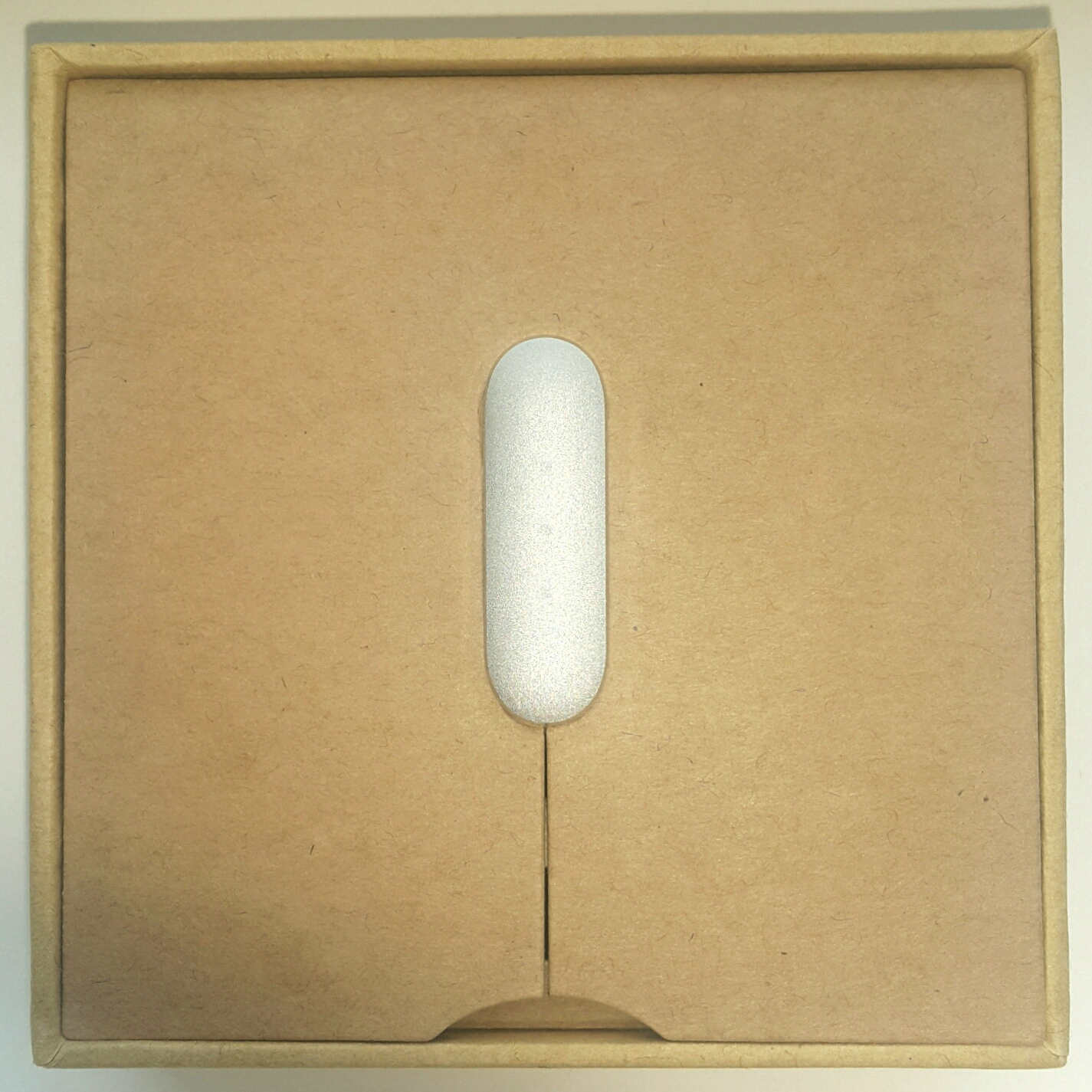
Out of the box, the tracker was discharged, charging up to 85 percent took about an hour and a half, I don’t presume to say that these figures can be considered official, tk. charging came from the monitor, the first generation showed a similar result. The Mi Band 1S capsule is more than securely inserted into the groove of the bracelet, which is firmly fixed on the hand, while the strap is firmly fixed and does not dangle. In reviews on the Internet, I read opinions that the strap has become denser and more securely holding the capsule. For comparison, I borrowed the previous model of the bracelet from a friend. From my own impressions, I can agree with this opinion, only with the proviso that I do not know the conditions in which the first Mi Band was operated.
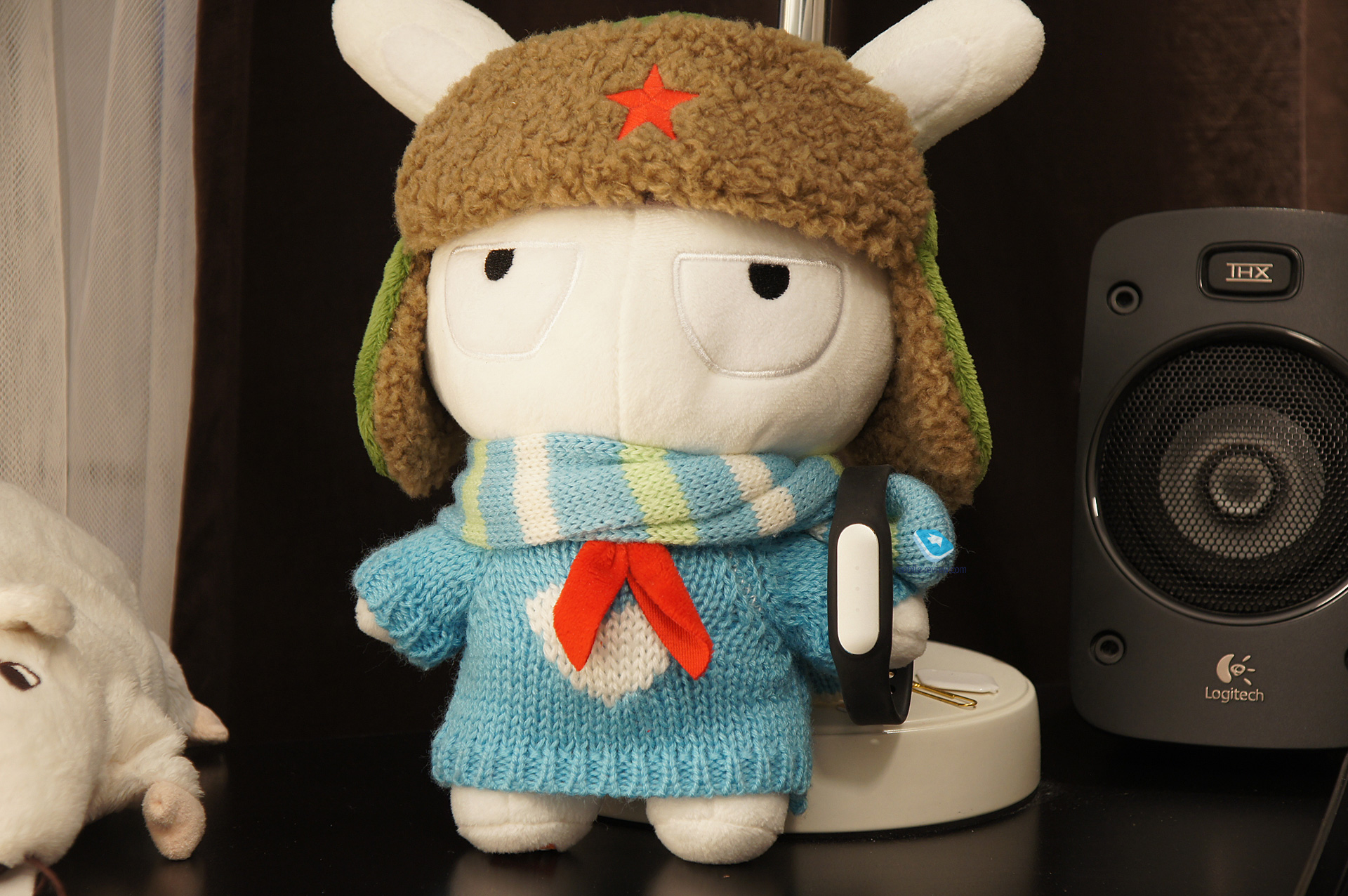 Review of the pedometer bracelet Xiaomi Mi Band
Review of the pedometer bracelet Xiaomi Mi Band
The innovations in Mi Band 1S, as you already understood, are tied around the heart rate monitor built into the capsule. It is located on the back, adjacent to the arm (body) side of the bracelet, so it is rather difficult to determine the difference between the versions in everyday wear. The most observant will still be able to understand that in front of them is 1S by the matte element on the clasp of the bracelet, in the first generation it is glossy.

Pulse reading is carried out by means of a blood flow photoplethysmogram using two green LEDs located on either side of the sensor itself. The sensor readings are quite accurate, if you believe the comparative measurements carried out by foreign observers, the Mi Band data differ by 3-5 beats per minute from the data obtained using professional equipment.
Back to content >>
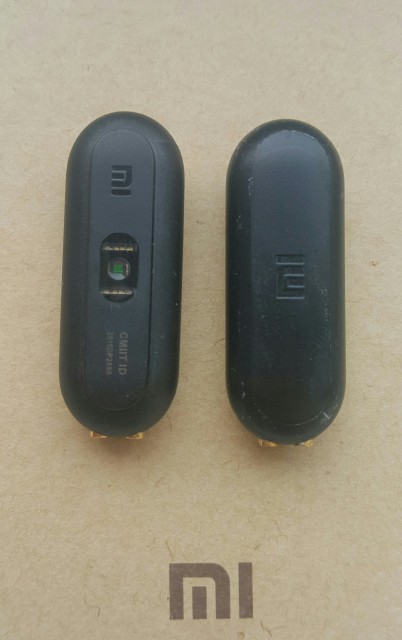
Difference with the first generation
Mi Fit
To work with Mi Band, you will need the Mi Fit app available on Google Play. It should be noted that the functionality of this version of Mi Fit differs from the extended and available in the app store Xiaomi: the training mode is not available here and there is no way to mark activity as being engaged in a particular sport. A controversial, in my opinion, solution, but nothing prevents you from looking for the desired application on the network. In addition to the pedometer, the application from Google Play gives out the number of calories burned for a specific period of activity.
To use the heart rate monitor, the smartphone application now has a special section Heart Rate, in which the heart rate can be measured in less than half a minute. The sensor is also active during sleep, it measures the pulse every ten minutes, apparently, it is these data that are responsible for determining the phases of sleep and the use of a 'smart' alarm clock, which by vibration of the bracelet wakes up the wearer in the phase of light sleep, when awakening is easier. I liked the implementation very much, although it is not always easy to get up, but, for example, it happens that you don't want to wake up a girl who doesn't need to go to work that day.

It is impossible not to mention the function of notifications through vibration: in the application settings, you can set up to three applications, the notifications of which will be transmitted by Mi Band. Strangely, the list does not include many popular applications, such as Gmail, Facebook, WhatsApp, etc. Also, there is an option to notify with the same vibration about an incoming call, perhaps the most demanded function for me. at work, you have to put your smartphone out of your pockets and keep it somewhere on a shelf nearby. And before, you had to turn on the sound in order not to miss an important call, which is also unacceptable at work. Now the problem is solved, turn off the sound and vibration, turn on Bluetooth and not a single call will pass by.
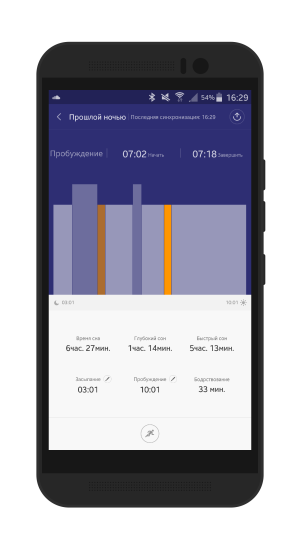

Another significant function is the unlocking of the smartphone when the Mi Band is in close proximity, the so-called 'smart lock' Smart Lock. It is useful, but only for those users whose device is protected by a digital password, pattern or code word, this trick does not work with a fingerprint. Nevertheless, support is present, it works great. UPD: I reinstalled the application, everything worked, I apologize for the incorrect information.
Back to content >>
Comparison of measurements with the first generation
As already mentioned, in the process of getting to know a new type of device for myself, I borrowed the first version of Mi Band from a friend in order to compare the readings of the bracelets. To read the results, the second generation of the bracelet was synchronized with the application on the smartphone (SGN4), the first Mi band – with iOS – the client (iPad Mini 2). Let me leave a little digression. Despite very little experience with a client under Android, his iOS – version seemed more confusing and unintuitive, or something, I didn't immediately figure out where this or that parameter or item is displayed settings. Depending on the operating system used, data from Mi Fit can be exported to Google Fit and Apple Health.
The first few days I wore both trackers on my left hand, synchronized readings once a day, mainly at night before going to bed. Let me remind you that the tracker can store data for twelve days in a row, it is not at all necessary to synchronize information every day. In this mode, Mi Band 1S showed an average of 500-700 steps more daily than the first generation. It makes no sense to talk about the sleep schedule, the difference is obvious, 1S tracks sleep cycles much more accurately, and also more accurately records awakening, while the first generation 'thought' that I was sleeping.
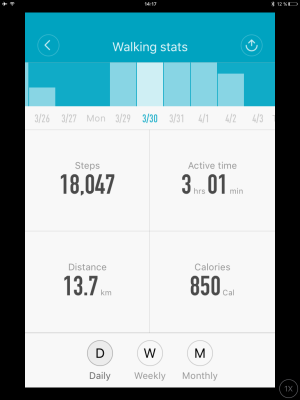
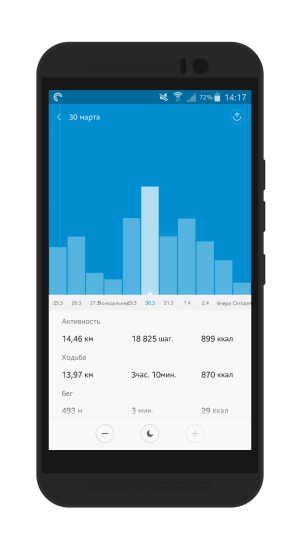
Subsequently, I decided to try to outweigh the first Mi Band on my right hand. This was my mistake, because I am right-handed and do most of my work with my right hand. In this scenario, the data from Mi Band 1S differed from the first generation by an average of fifteen hundred steps in 15 hours of measurement. And in this moment, both products upset me a little: apparently, the algorithm that allows separating hand movements from real steps is not yet so clear. For the future, I checked myself, I'll try to find an accessory that allows you to wear the Mi Band around your neck, and try to measure steps in this mode.
Back to content >>
Conclusion
Is it worth changing the first generation to the second? Undoubtedly, if you need more accurate tracking of your physical activity, coupled with heart rate data, as well as a greater likelihood of waking up in the phase of light sleep. The rest of the products are identical, both in terms of appearance and tactile sensations. Using Mi Band 1S is quite easy, you literally forget that the bracelet is on your wrist, the battery lasts for a long time: in 13 days with quite frequent synchronization and always on Bluetooth, the phone charge is at 46%. The experience is interesting, especially since this is my first device of this kind. Mi Band 1S can be a good and at the same time not such an expensive gift for an unpretentious user who is not averse to working on his physical form and at the same time having a way to track his progress on the smartphone screen without carrying it constantly with him. In Moscow, Mi Band 1S can be found for 1,700 rubles, possibly cheaper, the difference with the first generation is on average 500 rubles. An inexpensive and high-quality tracker with a good set of functions, I advise you to try it.
Thanks for attention!
